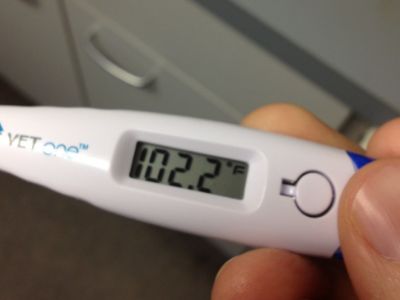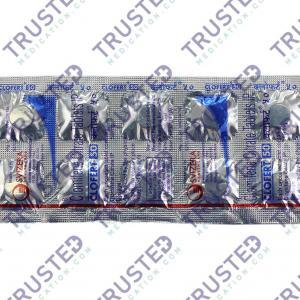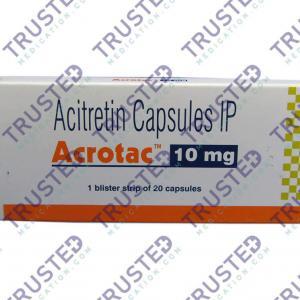
The pain and symptoms of cephalgia have a specific location. Cephalgia is more commonly known as a headache. This includes any type of pain affecting the head, face, or neck. Headaches can be categorized into primary or secondary types.
Primary headache. It is typically not dangerous and has no relationship to an underlying disease or structural abnormality. Any pain associated with a primary headache comes from inflammation of the blood, muscles, nerves, blood vessels, and surrounding the head, face, or neck.
Secondary headache. It is typically a sudden onset and is extremely painful. These are often a result of an underlying illness or trauma that triggers pain-sensitive areas in the head, neck, or face. Secondary headaches are less common but are more serious. This involves additional symptoms due to the underlying illness.

Symptoms of Cephalgia
- Dull pain
- Aching head pain
- Mild to moderate throbbing pain
- A sensation of tightness across the forehead
- Nausea and vomiting
- Pressure across the forehead and the back of the head
- Tenderness in the scalp, neck, and shoulder muscles
- Fever
Typical Triggers of the Symptoms of Cephalgia
- Alcohol use
- Changes in eating or sleeping patterns.
- Noise
- Depression
- Emotional stress
- Excessive medication use
- Eye, neck, or back strain caused by poor posture
- Weather changes
What Causes Cephalgia?
Cephalgia is a result of signals interacting among the brain, blood vessels, and surrounding nerves. During a headache, an unknown mechanism activates specific nerves that affect muscles and blood vessels that send signals of pain to the brain.
How is Cephalgia Diagnosed?
If you have unusual or complicated headaches, your doctor may order tests to rule out serious causes of head pain, such as a tumor. Common tests include:
- Magnetic resonance imaging. The MRI scan generates clear images using a magnetic field, radio waves, and computer technology.
- Computerized tomography. CT scans are diagnostic imaging procedures that allow doctors to see your brain from multiple angles using computer-directed X-rays.
Treatment for Cephalgia
Both nonprescription and prescription, are available to reduce the pain of a headache, including OTC pain relievers. Combination medications are also helpful such as Aspirin or acetaminophen combined with caffeine or a sedative drug in a single medication. These are more effective against pain than single-ingredient pain relievers.
Using Rizatripan for Cephalgia Treatment
Rizatriptan is a drug prescribed for patients suffering from a migraine. This medicine may also use to treat patients with Cephalalgia. Rizatripan works by narrowing the blood vessels in the brain. It also works by blocking the symptoms of a migraine, pain, and nausea. It is effective to relieve migraine and severe headaches.









